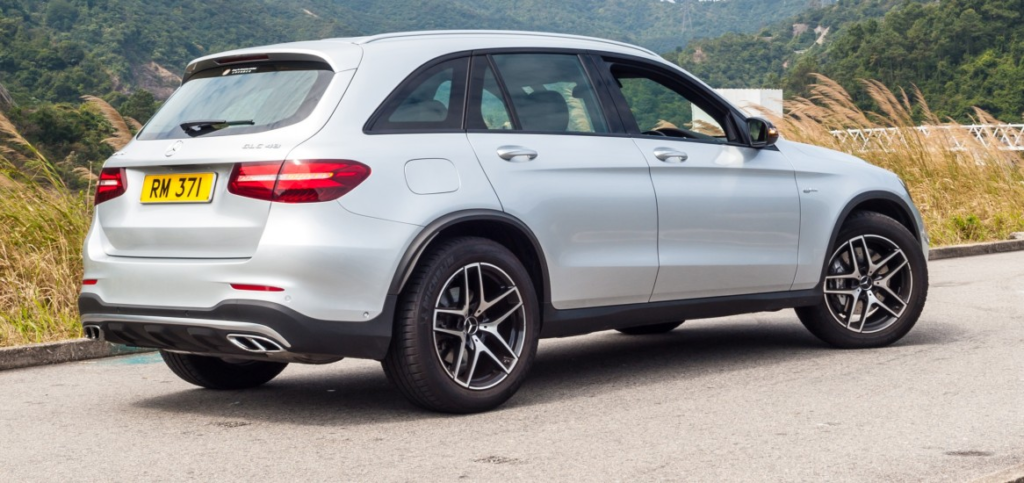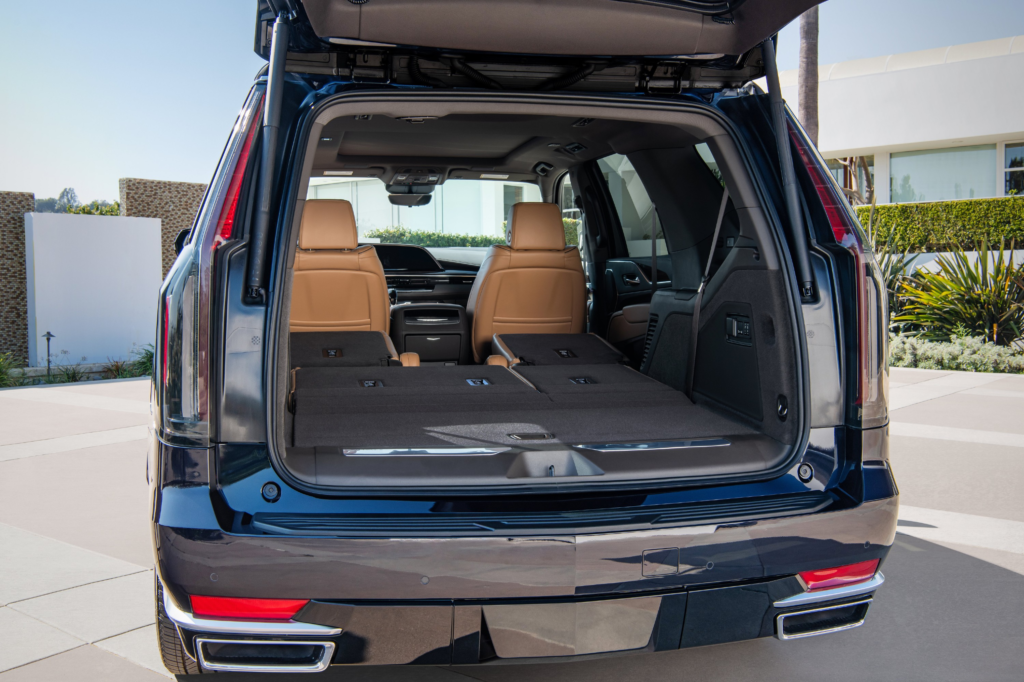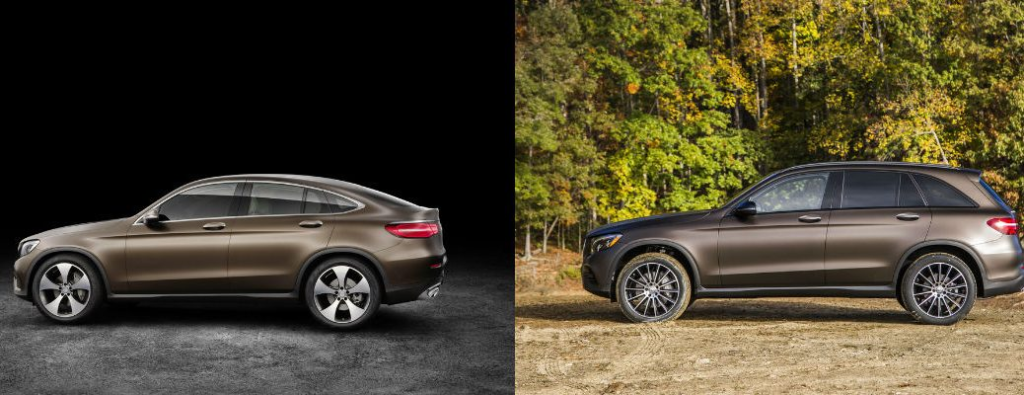
Have you been shopping for a car and seen both CUVs and SUVs, but you don’t know how to tell them apart? Even though the term SUV is often used for both types of vehicles, a CUV and an SUV are not the same. An SUV is a sport utility vehicle, and a CUV is a crossover utility vehicle. Some people might even ask, “What is a CUV car?” since CUVs are usually called crossovers.
An SUV, which stands for “Sport Utility Vehicle,” is a general term for a vehicle with a lot of room for people and things. It’s been decades, and now even SUVs come in different styles. The Crossover Utility Vehicle is one of these types (CUV).
What is an SUV?
A sport utility vehicle (SUV) is a type of car that has some features of passenger cars and some features of off-road vehicles. Most SUVs have frames that are separate from the body, but there are a few exceptions. SUV doesn’t have a single, agreed-upon definition, and how the word is used varies from country to country. Some definitions say that an SUV must be built on the chassis of a light truck. Other definitions, however, say that an SUV is any vehicle that is made to be used off-road.

History and Construction
As we know them today, SUVs have been around since the 1930s, but they were known for being rough and not good for families or consumers. These cars were known for getting bad gas mileage, having sparse interiors, and having harsh, heavy-duty suspensions that worked well on the trail but were hard to drive on pavement or highways.
SUVs didn’t become popular among buyers until the 1980s. The original Jeep Cherokee and Ford Bronco got people interested in SUVs that could go on the road and off-road. People liked that it was big and boxy and could go anywhere. Even though they still had a truck-based, body-on-frame chassis, SUVs of the 1980s were much smoother and more comfortable to drive than their predecessors.
What is a CUV?
Crossovers, also called CUVs, are made by modifying a car platform, usually by raising the ride height. From there, a two-box SUV body with four doors and a big cargo area is put on top of it. Like the chassis, the engine is also based on a traditional car. Most engines have four or six cylinders with small displacements.

History and Construction
In the 1990s, SUVs were more popular than ever. Around this time, automakers started to realize that drivers might like the way an SUV looks but like the way a sedan drives. In 1997, the Honda CR-V and Toyota RAV4 were the first crossovers to be sold outside of Japan. During this time, the Subaru Outback and the Ford Escape were also popular crossovers.
What made these vehicles different from regular SUVs is they used a “unibody” platform, which means the body and frame are made of the same material. This makes the ride smoother and more like a car, and the handling is more sure. Since then, this type of vehicle has grown like crazy. First called “crossover SUVs,” these cars are now just called “crossovers” or “CUVs.”
How to tell the Difference?
The biggest difference between CUVs and SUVs is that SUVs are built on truck frames, while CUVs are made on car frames. This difference leads to other differences in the way they look and work. CUVs are lighter and get better gas mileage than SUVs, but they don’t have a third row of seats like SUVs. CUVs also tend to have less torque output than SUVs because their design doesn’t make them good for towing or carrying a lot of cargo. Some prominent differences between the two are mentioned in the table below.
| SUVs | CUVs |
| Vehicles that are bigger and heavier. | They’re smaller and lighter than most SUVs. |
| Adequately prepared for driving off-road. | It can be driven off-road, but not as well as SUVs. |
| Most SUVs have storage space and seating in the third row. | They don’t have seats in the third row and have less storage space. |
CUV vs. SUV: Which One to Choose?
Now that you know more about the differences between crossovers and SUVs, you might wonder which one you should buy. Depending on what you need from your car, you might be better off with a CUV or an SUV. To help you decide, consider the following things:
1. Storage Space
CUVs and SUVs will have similar amounts of storage space because their bodies and designs are sometimes the same. Mid-size and full-size SUVs, on the other hand, have a different shape (they’re usually boxier) and a lot more space. Mid-size and full-size vehicles are called wagons, not CUVs.

Crossovers often have seven seats but can’t hold as many people as a full-size SUV. This might not be that important if you have young children, but a group of adults in a crossover might start to feel like sardines in a can. SUVs are longer and taller, giving them more cargo space and leg and headroom.
2. Fuel efficiency
Crossovers are smaller, lighter, and have engines that aren’t as strong as those in SUVs. All three of these things help the crossover get better gas mileage, which makes it the best choice for good mileage among larger cars. Trucks and SUVs are known for being gas-guzzlers because they have bigger engines and heavier bodies.
However, if you want a car to drive on mostly dry roads and not too complicated, you don’t need a truck or SUV.
3. Drivetrain
You can put almost any engine with any transmission and hook it up to any of the different ways to drive the wheels. The same can be said about the CUV vs. SUV argument. CUVs have the same engines, transmissions, and even wheel drive options as their SUV counterparts which are based on trucks.
Since SUVs tend to pull more things, their torque output is usually higher, especially for mid-size and full-size SUVs. Most likely, both compact SUVs and CUVs will be powered similarly.
4. Ride Height
The ride height will be one of the most obvious ways they will differ. Crossover utility vehicles (CUVs) will be lower to the ground than regular SUVs. They may also have the same ride height since many CUVs have all-wheel drive and a slightly higher ride height than those cars for “light” off-roading.

The Ford Explorer has a lower ride height than the other Ford SUVs with one body, so ride height is not a good way to tell them apart.
5. Off-roading
SUVs are made with a frame like a truck’s, which gives the body more ground clearance when going off-road. The SUV is made to handle rough roads, and many of its versions have more powerful V8 engines and stronger suspension systems than a crossover.
They are also more likely to come with All-Wheel Drive or Four-Wheel Drive as standard or as an option. This gives you the extra traction you need if you live in a place with especially harsh winters.
6. Chassis
In general, the chassis of an SUV is based on that of a truck, while the chassis of a CUV is based on that of a car. This has been the most important thing for as long as history has been kept. When it comes to the chassis, a crossover utility vehicle (CUV) will usually have a unibody chassis, which means that the body and frame are one unit.
An SUV, on the other hand, will have a body-on-frame chassis, like a pickup truck. Even though this is the most obvious difference between a CUV and an SUV, the lines are beginning to blur.
7. Perception
An SUV is a car that looks capable, rugged, or off-road-worthy or is marketed to the public in this way. If it does better in speed tests or on street corners than in sand pits, it’s likely a CUV. Crossover utility vehicles are popular because they combine the best things about sedans and SUVs. They have a lot of space for cargo, are safe, and are fun to drive.

Not all crossover utility vehicles are good at going off-road, but many are. Most cars made today have all-wheel drive, which lets them drive on wet snow or mud that isn’t too rough. Still, there are some small SUVs that are good for the city and can handle the same off-road terrain as their bigger siblings.
8. Safety
Before crossovers came along, a lot of people were interested in SUVs but worried about how safe they were. They weren’t too worried about surviving a crash. In fact, the big, tall SUVs gave them peace of mind in that way. What caused them concern was a rollover incident.
In the 1990s, this was a big problem for SUVs. Safety has come a long way since then. Electronic stability control is now a required safety feature. It helps a car stay stable even when making sharp turns, which lowers the risk of it rolling over. Both SUVs and crossovers are much less likely to roll over now than they used to be.
Final Words
SUVs and CUVs have grown in popularity to the point where they now sell more than regular cars. By the year 2020, automakers could offer as many as 150 different kinds of cars. Cross-over utility vehicles are made with a single-body design (CUVs). Because of this, the SUV is now more durable and better able to be used off-road, to carry cargo, and tow a trailer.
It’s not fair to put them all in the same category. For each job, they come in different designs. Most SUVs are made with a body-on-frame design, but some crossovers have a one-piece body. SUVs and crossovers fall into two different groups. Manufacturers are increasingly adding features like locking differentials and height-adjustable suspensions to help them handle rough terrain better.
No comments:
Post a Comment